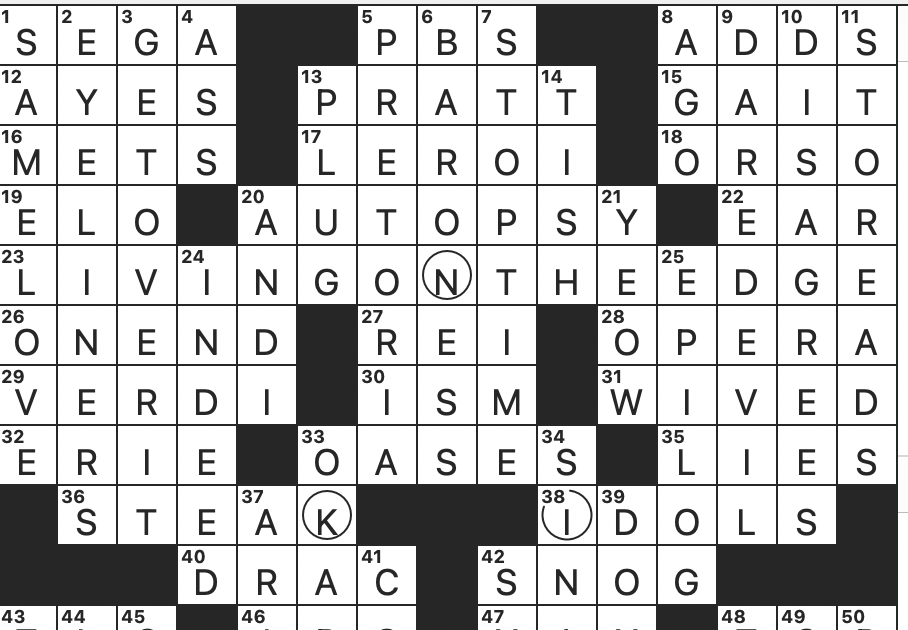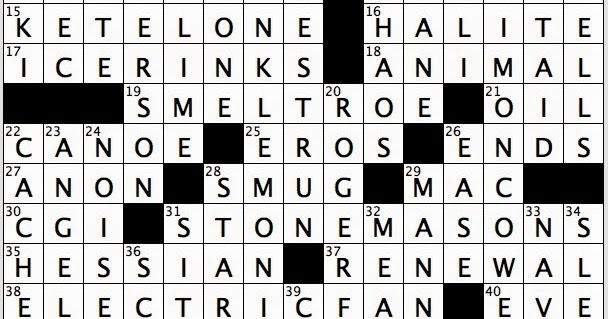What Does “The Face of Change” Mean in Crossword Puzzles?
The phrase “the face of change” is typically used to indicate transformation or evolution, but in the world of crossword puzzles, it takes on a unique role. This clue is often employed to challenge solvers to think beyond the obvious, requiring a deeper understanding of wordplay. The answer could range from historical figures associated with change, to abstract concepts like “coin,” referring to the literal change you carry in your pocket.
The New York Times crossword, known for its clever use of language, frequently utilizes clues that involve double meanings or cultural references. “The face of change” might seem simple at first glance, but in reality, it tests a solver’s ability to connect various interpretations.
How to Approach Tricky NYT Crossword Clues
Solving crossword puzzles requires a mix of knowledge, creativity, and sometimes a bit of patience. Here’s how to approach clues like “the face of change”:
Break Down the Clue
Start by analyzing each word in the clue. In this case, “face” can imply a physical appearance, while “change” may refer to a shift or transformation.
Consider Alternate Meanings
Words in crossword clues often have multiple interpretations. For instance, “change” might not just mean alteration but could refer to monetary coins.
Think Symbolically
In many puzzles, the answer could be metaphorical. For instance, “the face of change” could refer to a leader or figurehead who represents societal transformation, such as “Lincoln” (whose face is on the penny).
Leverage Crossword Tools
If you’re stuck, using resources like online crossword dictionaries or the NYT’s crossword-solving forum can be helpful. Often, puzzles feature recurring patterns, and experienced solvers can provide insights.
Why Solving NYT Crossword Puzzles Is So Addictive
For those who engage with the NYT crossword regularly, the thrill comes from more than just solving a puzzle—it’s about the challenge of decoding clever clues and testing one’s limits. Many solvers feel a rush of accomplishment when they crack tricky phrases like “the face of change.” This sense of achievement, paired with the engaging nature of the puzzles, creates an addictive experience that keeps players coming back for more.

The Role of Community in NYT Crossword Culture
The New York Times crossword isn’t just a solitary activity. It has a vibrant, engaged community of solvers who share tips, discuss difficult clues, and even offer guidance on tricky clues like “the face of change.” Popular forums and social media groups allow solvers to interact and exchange ideas, helping newer players build their skills. It’s this sense of community that makes solving NYT crosswords even more enjoyable.
Many solvers also participate in crossword tournaments, where phrases like “the face of change” may appear in challenging rounds. These events celebrate both the intellectual rigor and the cultural significance of the NYT crossword, further cementing its place in the world of puzzles.
Optimizing Your Puzzle-Solving Skills
As you continue solving the face of change nyt crossword, you’ll develop a keener sense of how to approach vague or abstract clues. Puzzles like the New York Times crossword are designed to push boundaries and encourage solvers to think outside the box. “The face of change” is just one example of how crossword constructors use language creatively to keep players on their toes.
Over time, regular solvers start to recognize recurring patterns, themes, and even specific constructors’ styles. This familiarity helps in tackling even the most challenging clues. For beginners, it’s important to stay patient and remember that crossword solving is a skill built over time.
The Importance of Language in Crosswords
the face of change nyt crossword is famous for its nuanced use of language, which is why clues like “the face of change” are so effective. The ability to twist words into clever clues demonstrates the richness of the English language and the creativity behind crossword construction. Solvers are required to think flexibly, applying knowledge from various domains—history, science, pop culture, and more. This makes crossword puzzles not only mentally stimulating but also educational.
For solvers who are just getting started with puzzles, it’s helpful to engage with resources and the crossword community. Whether it’s tackling today’s puzzle or diving into an archive of past crosswords, each clue serves as an opportunity to sharpen one’s mind and enjoy the art of wordplay.
Conclusion
The phrase “the face of change nyt crossword represents the perfect blend of challenge, creativity, and linguistic brilliance. Whether you’re an experienced solver or a beginner, cracking such clues offers a sense of accomplishment that keeps you coming back. With practice and the right strategies, solving cryptic clues like these becomes a rewarding and enjoyable experience.
Frequently Asked Questions (FAQs)
What is the most common answer for “the face of change” in NYT crosswords
The answer varies depending on the puzzle. Some common answers include “Lincoln” (whose face appears on the penny, a form of monetary change) or “coin.” It’s essential to consider both literal and metaphorical meanings when solving this clue.
How often does “the face of change” appear in NYT crosswords
While not a daily occurrence, the clue does make appearances from time to time. Its usage depends on the puzzle theme and the creativity of the crossword constructor.
Are there any tips for solving similar cryptic clues
Yes, practice is key! Familiarize yourself with common crossword strategies, such as wordplay and double meanings. Engage with the crossword community, and use tools like crossword solvers if you’re stuck on a particular clue.


